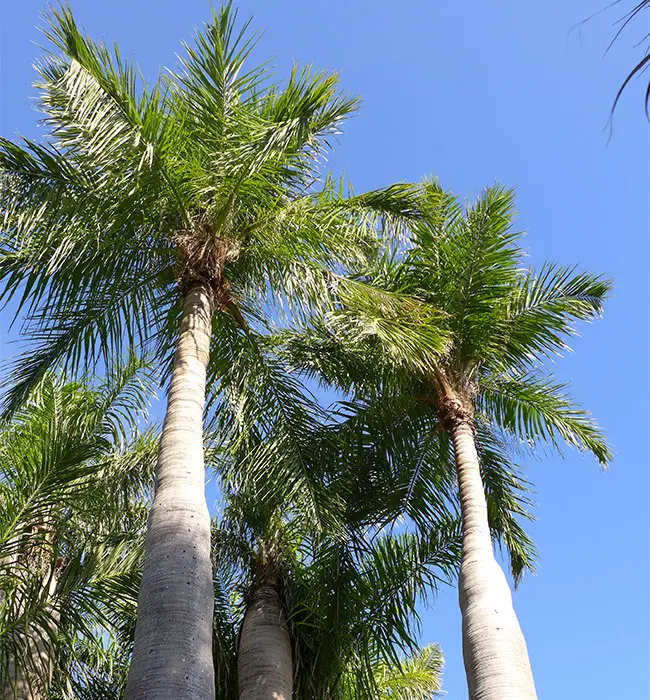
The Cuban Belly Palm Tree, scientifically known as Acrocomia crispa, stands out as one of the most exquisitely beautiful palm trees on the global stage. This native of Cuba boasts exceptional drought tolerance and the ability to thrive in alkaline soils.
It’s essential to emphasize that the Cuban Belly Palm thrives best when cultivated outdoors. While it may come at a higher price point, its remarkable attributes undoubtedly justify the investment.
Quick Facts:
| Scientific name: | Acrocomia crispa. Other scientific names are: Gastrococos crispa, Cocos crispa, Astrocaryum crispum, Gastrococos armentalis, Acrocomia armentalisare. |
| Common names: | Cuban Belly Palm Tree, Corojo Palm |
| Origin: | Native to Cuba |
| Growth Rate: | Slow to Moderate. Up to 30 – 40 ft tall and 10 -1 5 ft wide. |
| Cold Tolerance: | USDA Zones 9b (25 to 30 F) to 11 (above 40 F) |
| Light Req: | Partial shade to full sun. |
| Water Req: | Moderate |
| Soil Req: | Widely adaptable |
| Fruit: | Yes. Orange. Not edible. |
| Propagation: | Be seed. |
Identifying Characteristics of the Cuban Belly Palm
This palm tree features a singular gray trunk, slender at the base and noticeably swollen in the middle, thus earning its common name, the Cuban Belly Palm.
The trunk boasts a diameter of approximately 1 foot, adorned with weathered leaf scars and covered in black thorns, except for the oldest section. The crown of the palm is adorned with pinnate, or feather-like, arching fronds that extend to about 10 feet in length and span 5 feet in width.
The leaves present a captivating contrast with their dark green upper surface and silvery-green undersides.
Flowers and Fruits of the Cuban Belly Palm
During the summer months, the Cuban Belly Palm graces us with small, yellow flowers. Remarkably, both male and female flowers emerge on the same thorny inflorescence, a noteworthy botanical feature. These flowers give way to orange fruits, approximately 1 inch in diameter.
Caring for the Cuban Belly Palm
The Cuban Belly Palm can attain a gradual height of 30 to 40 feet, stretching its width to 10 to 15 feet. It demonstrates admirable cold hardiness, withstanding temperatures as low as 25°F.
It thrives in regions encompassing USDA Zones 9b (with temperatures between 25 and 30°F) to 11 (above 40°F). Mature Cuban Belly Palms exhibit resilience to drought conditions and alkaline soils.
To ensure optimal nutrition and prevent deficiencies, it is advisable to apply a high-quality palm fertilizer with a continuous-release formula twice a year during the growing season.
Propagation of the Cuban Belly Palm is primarily achieved through seeds, although it’s worth noting that germination can be challenging and time-consuming, taking anywhere from several months up to a year to complete.
Cuban Belly Palm Pictures
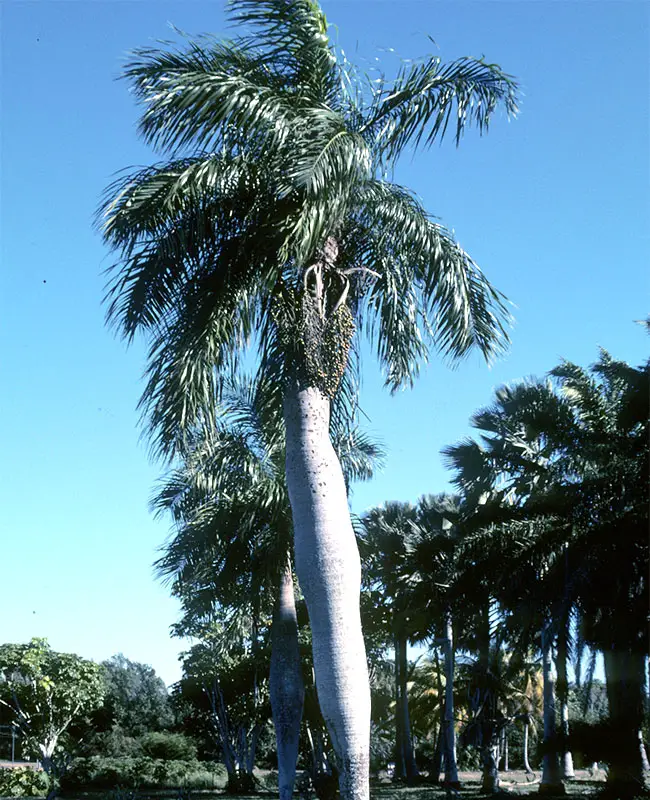
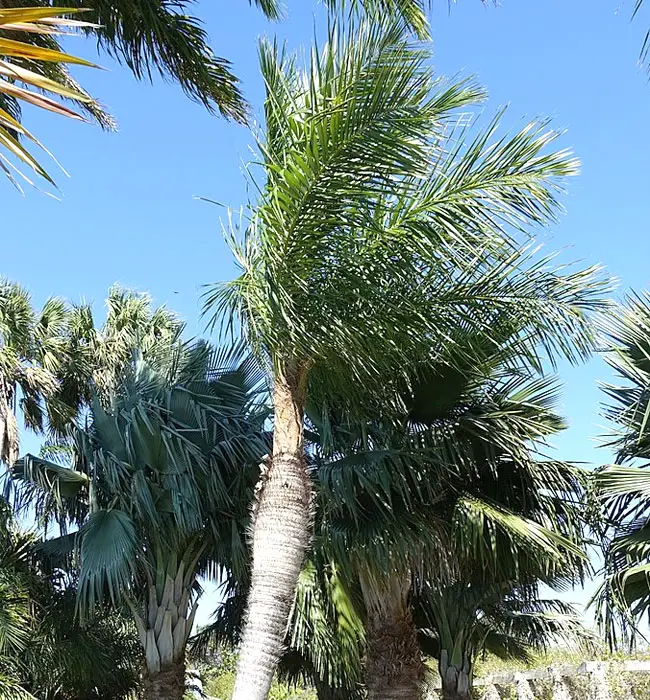
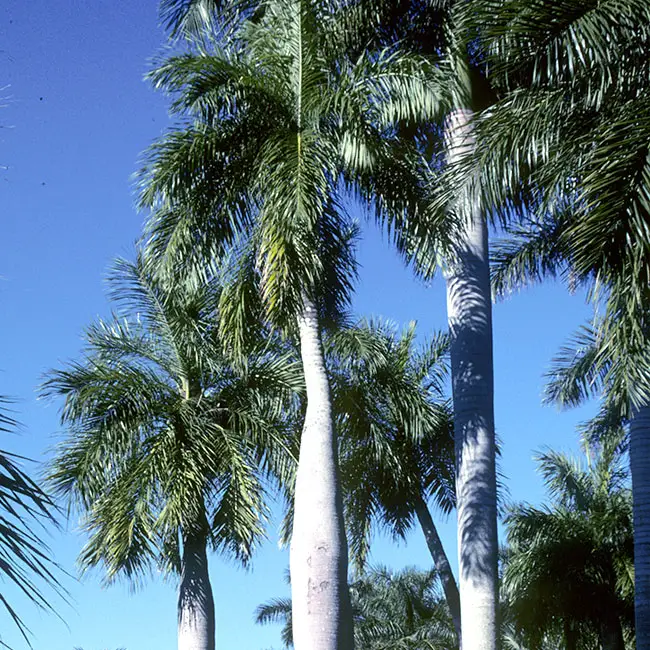
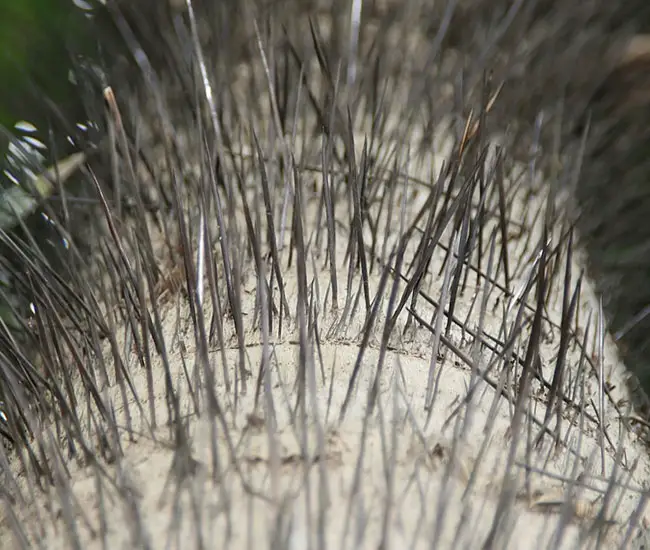
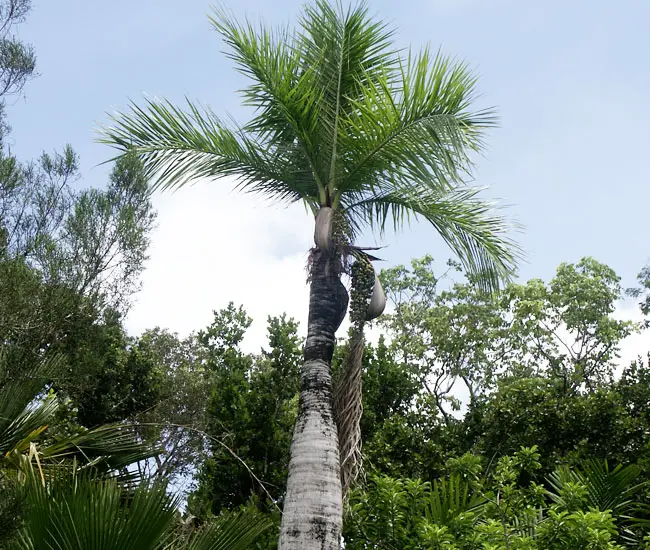
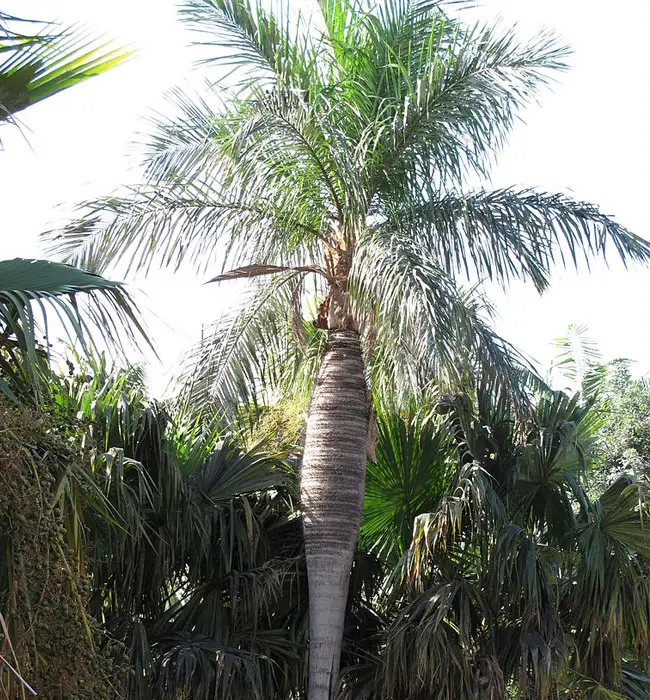

Comments are closed.